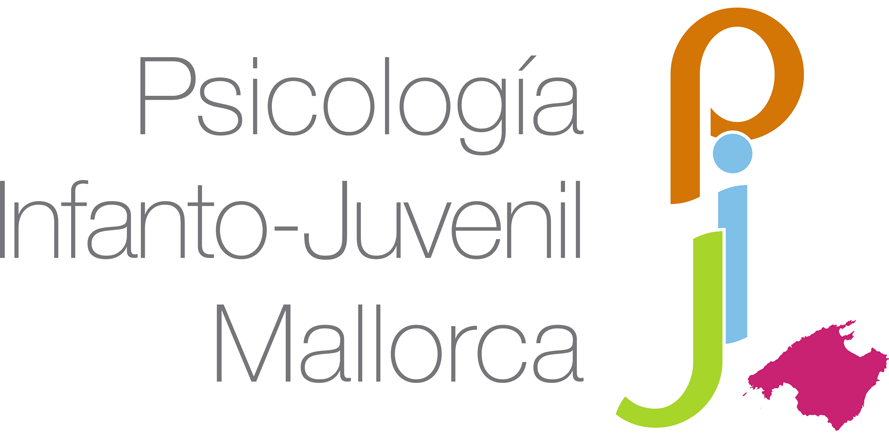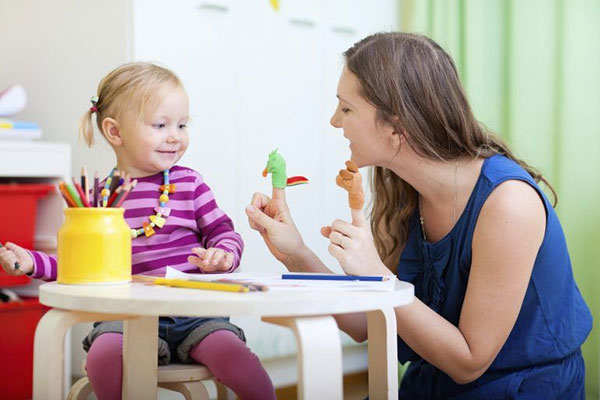
What is infant attachment?
Attachment is an affective bond that is established from the first moments of life between the mother and the newborn or the person in charge of her care. Its function is to ensure care, psychological development and personality formation.
The establishment of infant attachment is mainly related to two systems: the exploratory system, which allows the infant to contact the physical environment through the senses; and the affiliative system, through which babies contact other people.
How is it created?
John Bowlby, a British psychologist, was the one who developed Attachment Theory. This theory indicates that the way we manage our emotions or relationships, our fears, the choice of our partner or our modes of expression are directly related to the type of attachment we develop during the course of our childhood with our mothers, fathers or primary caregivers.
Infant attachment is created very early, in the first months of life. It is a relationship that is established little by little in the different situations in which the adult and the baby are together in daily care, in the adult response to the various needs of children and the mere enjoyment of being together.
Below we can see the different stages in the evolution of attachment:
From birth to three months
From the beginning, the baby is interested in the adults around him. At this stage, the foundations of attachment are created through basic care: when they feed him, when he is cradled, when he responds to the needs he expresses through crying or discomfort, etc.
From three to six months
The baby gradually recognizes his caregivers as people who provide him with pleasant sensations when talking or caressing him and who make him feel good when they are together. He begins to respond differently than he does to strangers: he feels calmer and more at ease with his caregivers. These months are key to identifying their attachment figures and acquiring a feeling of trust, based on the adult’s response to responding to their needs.
From six months to the first year
At this stage, the child’s attachment is consolidated. They begin to feel distress when they are separated from their caregivers and express rejection or anxiety about strangers. This reaction indicates that the baby has already created a special bond of affection that binds him to the people who are most important to him.
From the first year onwards
Attachment manifests itself differently. Children can now go from one place to another, exploring the world around them. With their attachment figures nearby, they will be able to explore their surroundings calmly and confidently. Little by little, thanks to emotional maturation, the child will be able to separate from his attachment figures, it will be less difficult for him to be with other people and he will not show so much concern in front of strangers.
After the second year
Attachment relationships keep changing. The intensity of attachment is the same, but it manifests itself differently. The child has learned to express affection, seek help and support when needed. You have a more active role in relationships with others. In addition, her world has expanded and she transfers to new relationships the trust/distrust and autonomy/dependency that she has learned from her attachment figures.
What are the types of infant attachment?
According to Bowlby, attachment can be secure and insecure. In total, there are four types of infant attachment that arise depending on the attention children receive from their attachment figures:
Secure Attachment:
It is the healthiest attachment and occurs when the child feels unconditional support from their primary caregivers and is certain that they will not fail them. It is formed when the caregiver provides security, covers their basic needs and is concerned about establishing communication and contact with the child.
Children with this attachment manifest active behaviors, interact confidently with the environment, and there is an emotional attunement between the child and the attachment figure. It is not an effort for them to be intimately attached to people, nor are they afraid of abandonment.
Some examples of behaviors or interactions that encourage the establishment of secure attachment are: physical contact (kisses, hugs and lots of affection), play and above all the ability to attend to and calm the baby when something negative happens to him (listening to him, comforting him, attending to him, etc.).
Insecure attachment:
It is the result of an unstable relationship with primary caregivers. Depending on the behavior of adults, three distinct types of insecure attachment can develop:
Anxious and ambivalent attachment:
The child does not trust their caregivers and has a constant sense of insecurity, that sometimes their caregivers are there and sometimes they are not. They show excessive concern for the closeness and approval of their caregivers. They may have trouble exploring their surroundings and show anxiety and resistance when their attachment figures try to separate themselves from them.
This type of attachment creates a continual need for confirmation that they are loved. They have trouble feeling secure in relationships, fear of being abandoned, jealousy, emotional instability, and low self-esteem.
Avoidant Attachment:
Children have assumed that they cannot count on their caregivers, which causes them suffering. It’s known as “avoidant” because babies exhibit distancing behaviors. Faced with constant situations in which their caregivers have not generated enough security, children tend to avoid closeness and emotional dependence. These children live feeling unloved and unvalued; Many times they don’t express or understand the emotions of others. They are characterized by being pessimistic, insecure, and having feelings of loneliness.
Disorganized Attachment:
This type of attachment can translate into a total lack of attachment. Children may exhibit contradictory behaviors toward their primary caregivers, such as seeking closeness and at the same time showing fear or avoidance. Primary caregivers have behaved negligently. Children have often experienced traumatic situations or abuse. As a consequence, they have difficulty relating to others and regulating their emotions, showing impulsive and/or explosive reactions.
Consequences of attachment on child development
The quality of infant attachment has an important impact on several evolutionary processes:
- The way you will explore the outside world and begin to build your autonomy and independence.
- The formation of their self-esteem. That is, a child who feels loved, valued and considered “special” by his caregiver, will learn to perceive himself as a strong and competent person, worthy of care and love.
- The way in which they should relate to others and attention and empathy skills.
- The ability to regulate oneself emotionally.
When childhood attachment is not secure, it is related to emotional rigidity, difficulties in social relationships and the appearance of psychological disorders, with onset mainly in adolescence.
The following is a summary of how the insecure type of attachment affects children in adult life:
Anxious-ambivalent attachment: It causes a sense of fear that your partner doesn’t really love or want you. They find it difficult to interact with people the way they would like, as they expect to receive more intimacy or bonding than they provide. An example of this type of attachment in adults is emotional dependence.
Avoidant attachment: Feelings of rejection of intimacy with others and relationship difficulties occur. For example, the partners of these people miss more intimacy in the interaction.
Disorganized attachment: They tend to be people with a high load of frustration and anger, they don’t feel loved and they seem to reject relationships, although deep down they are their greatest desire. In other cases, this type of attachment in adults can be found at the bottom of constant conflictive relationships.
As we have seen, the quality of attachment in childhood will determine the mental model of the adult, as well as their relationships with others and emotional management. That is why it is important to pay attention to the first years of children’s lives, establishing strong bonds and a secure relationship.
Currently, there are multiple psychosocial factors that hinder the formation of bonds in childhood. For example, the lack of work-life balance means that caregivers are forced to leave their children with other people and find it more difficult to create a healthy attachment.
If you think you are struggling to create a healthy bond with your child and want us to help you or want to know more about this topic, do not hesitate to contact us.
Laura Maymó Gallurt
Psychologist Col. Nº B-03427
References:
Bowlby, J. (1977). The making and breaking of affectional bonds. The British Journal of Psychiatry, 130(3): 201-210.
Holmes, J. (2011). Teoría del apego y psicoterapia. Desclée De Brouwer.
López, F., Gómez, M., & Fernández, J. (2019). Estudio sobre los estilos de apego y su relación con el desarrollo emocional en la infancia. Revista de Psicología Infantil, 35(2), 89-104.






